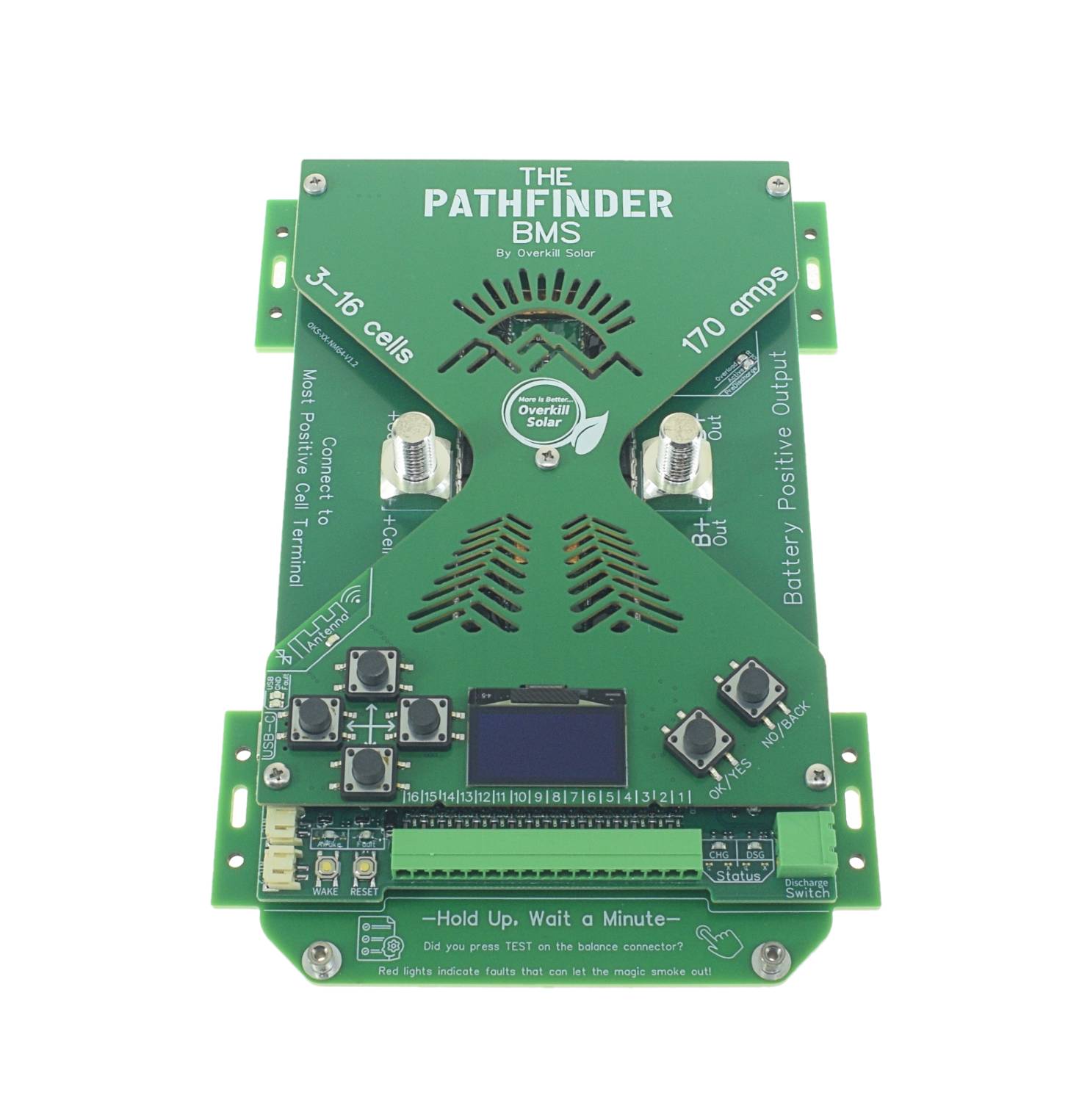Several customers have asked me for instructions on connecting multiple parallel Tesla battery modules to a single Pathfinder BMS. I set up a demonstration on how this could be done, but stumbled upon the exact reason why this is NOT acceptable and almost burned down my shop.

After stacking up these modules, I started measuring each cell to be sure that the modules were balanced, and found a few cells that were reading zero, despite the main terminals of the module reading 24v. So, I disassembled the module and found the problem. It had corrosion on the bottom of the module, and all 3 of the balance wires on the side were detached from the bus plates. If this module was connected directly to a BMS, it would be reading open circuit connections to the cells and not turn on.


HOWEVER, if this was connected in parallel with a healthy module, the BMS would be reading good voltage and have no idea that some of the cells were unprotected. When this assembly is charged, the bad module is VERY LIKELY to catch fire. Why, you ask? Remember that the balance wires came off due to corrosion, so its inevitable that some of the cells have the same issue. This leaves one of the cell groups at a lower capacity, meaning it will reach full charge before the other cells. Normally in this case the BMS would shut off with a cell over voltage alarm, but since the balance wire is broken, it will continue to allow charge, and the bad cell group will very quickly overcharge and start to burn.
Even if this setup starts with perfectly healthy battery modules, future corrosion would create the same dangerous condition.
There is NO way to make a parallel Tesla battery safe. This is why 1 BMS per Tesla module is REQUIRED. (or 1 BMS per 2 Tesla modules in series– this is fine)
In all cases, we insist that Tesla module batteries are installed in a detached structure. (Solar shed) Do not install them in your home!
BTW, this corrosion is probably the reason why this Model S went to the junkyard.































